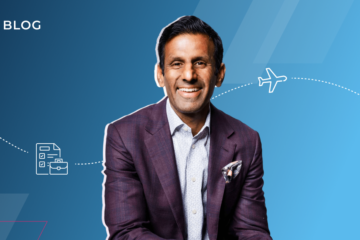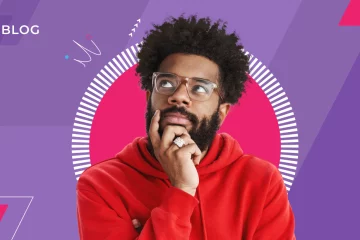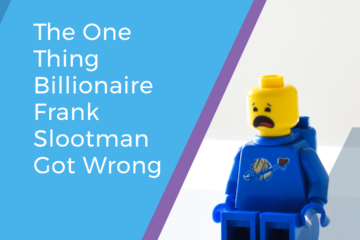8 Things I Learned from Dave Kellogg About Net Dollar Retention
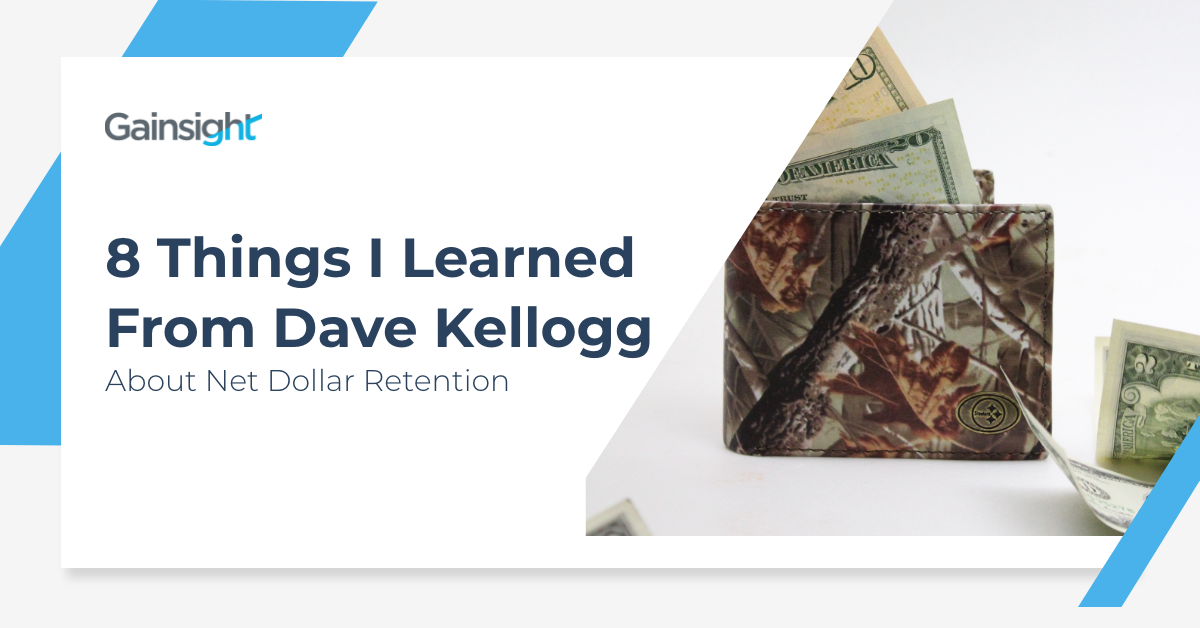
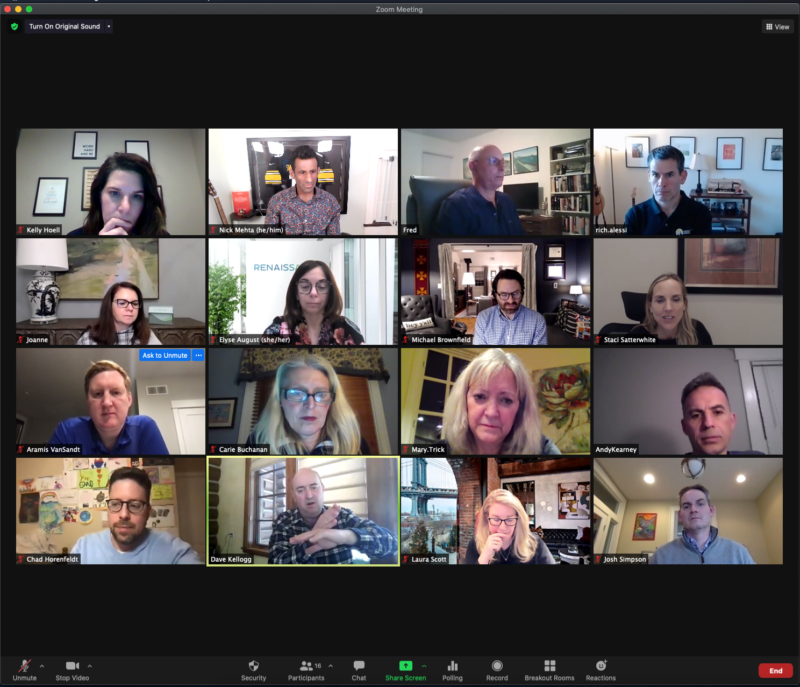
I’ve hosted get-togethers with Customer Success executives nearly every month for the past 8 years. In the “old days” (pre-COVID), these featured conversation over fine dining. We substituted the merlot with a mute button in the new world – though we still mail our guests a flight of tasting wines.
This past week, I invited my longtime friend and Gainsight advocate Dave Kellogg to join the happy hour. Dave is a seasoned executive from SAP and Salesforce and is the former CEO of Host Analytics. He’s also well known for his humorous and insightful blog, kellblog.
In his recent post on 2021 predictions, Dave made a forecast that caught my attention:
8. Net dollar retention (NDR) becomes the top SaaS metric, driving companies towards consumption-based pricing and expansion-oriented contracts. While “it’s the annuity, stupid” has always been the core valuation driver for SaaS businesses, in recent years we’ve realized that there’s only one thing better than a stream of equal payments – a stream of increasing payments. Hence NDR has been replacing churn and CAC as the headline SaaS metric on the logic of, “who cares how much it cost (CAC) and who cares how much leaks out (churn) if the overall bucket level is increasing 20% anyway?” While that’s not bad shorthand for an investor, good operators should still watch CAC and gross churn carefully to understand the dynamics of the underlying business.
We believe 2021 is the year for Customer Success teams to embrace their broader impact on Net Dollar Retention since they help minimize churn AND drive expansion. As such, we invited Dave to a virtual happy hour with Customer Success executives.
I took notes and captured 8 observations from the ever sage Kellogg:
1. Net Dollar Retention Is a Clarifying Metric
Dave made the case that Gross Retention is often ambiguous in its calculation. Do you use ARR up for renewal as the denominator? Or all ARR? If a product is replaced for another, is that churn? Dave’s point is Net Dollar Retention—which includes churn and expansion—more completely captures the story of how customers are evolving.
I recently heard a story of a public cloud company that looked at NDR by acquisition method (e.g., self-service, enterprise, and channel) and realized that some of their sales efforts were money-losing affairs.
2. Net Dollar Retention Makes Customer Success Company-wide
If I took a drink for every time I said, “Customer Success needs to be a company-wide priority,” I’d be pretty inebriated by 9 AM. I know many other CS leaders feel the same. So how do we make it happen? Dave claims that NDR allows the entire company to participate in CS—thinking about keeping customers, growing them, selling them new products, and more.
3. Net Dollar Retention Helps Us Stop Wasted Effort
A singular focus on churn and Gross Retention is sometimes healthy in the early days of a company. You have low-hanging fruit. In some cases, you’re not talking to all of your customers along the journey. But Dave and I discussed that, at some point, this narrow focus could feel like “pushing on a string.” Some clients are going to churn no matter what a CSM does. In many cases, those clients are not the right fit, or perhaps the product isn’t doing what they need. In either case, the CSM’s time is wasted effort. That hypothetical CSM would be better served to spend MORE time with healthy customers to expand them.
4. Net Dollar Retention Shines a Light on the True ROI of Customer Success
In the same vein, many companies assess the ROI of their CSM teams only based upon churn. They miss the fact that successful clients are the ones that grow and the ones that buy more products. Because of this, many companies underinvest in Customer Success and therefore underoptimize NDR.
5. Lots of Types of Upsell
Dave brought up the point that expansion comes in many forms. Clients can buy more of the same product from the same buyer. Clients can buy new products from the same buyer. They can buy new products from new buyers. It’s important to break upsell down into its components.
6. CS Can Grease Skids for Expansion —And Own Some of It
Dave led the audience in a discussion around whether CS should “own” expansion. Some attendees had their teams driving smaller expansion (e.g., more licenses of the same product). Dave’s general point was that CS teams should be making future expansions much easier by driving adoption and value no matter what. And over time, the easier expansions could be wholly driven by CSMs.
7. It’s All About Outcomes
Per the above point, a huge part of the CS team’s job is to drive the value and outcomes clients were seeking in the sales process and show them the results of their efforts. This focus on outcomes naturally ties, in Dave’s words, to the metric of NDR. If you show a client value, you earn the right to expand.
8. Own the Number
Dave closed out our session with a call to action for CS leaders. CS is quickly becoming one of the most strategic jobs in software. CS teams have such a significant impact on their companies’ valuations and missions. Dave’s advice was to “own the number.” He recommends CS executives take more ownership of company performance and sign up for commitments.
I left the event more encouraged than ever that Net Dollar Retention is the next frontier for the CS industry. You’ll hear a lot more about this throughout the year, including our new series, NDR TV. And our first guest, on March 18th at 2:30 PT is… Dave Kellogg! Join us there via Linkedin!

